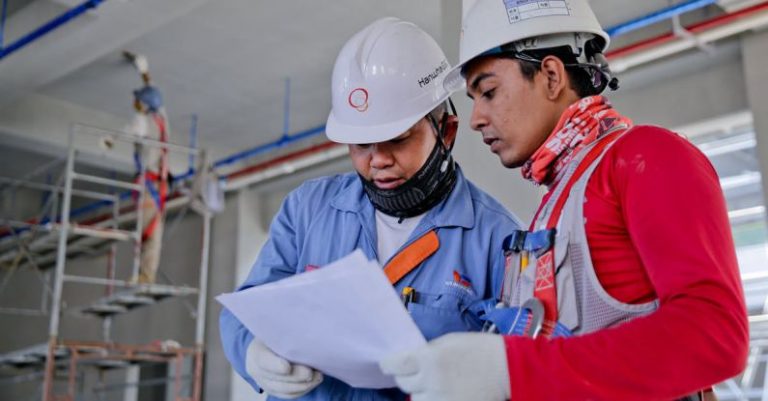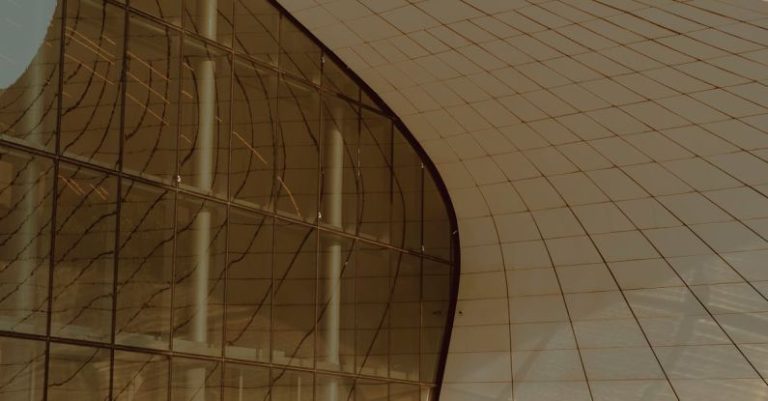Advanced Composites for Reinforced Concrete Applications
In the realm of construction materials, the use of advanced composites in reinforced concrete applications has emerged as a game-changer, revolutionizing the way structures are built. These innovative materials offer a myriad of benefits, from increased strength and durability to improved sustainability and cost-effectiveness. By combining the unique properties of advanced composites with traditional concrete, engineers and builders can create structures that are not only stronger and more resilient but also more environmentally friendly. Let’s delve into the world of advanced composites and explore their applications in reinforced concrete.
Enhancing Structural Performance
One of the key advantages of incorporating advanced composites into reinforced concrete structures is the significant enhancement in structural performance. Advanced composites, such as carbon fiber reinforced polymers (CFRP) and glass fiber reinforced polymers (GFRP), have incredibly high strength-to-weight ratios, making them ideal for reinforcing concrete elements. By strategically placing these composites within the concrete matrix, engineers can increase the load-bearing capacity of structures, improve resistance to seismic forces, and enhance overall durability.
In addition to boosting structural strength, advanced composites also offer superior corrosion resistance compared to traditional steel reinforcement. This is particularly advantageous in harsh environments where exposure to moisture, chemicals, or salt can compromise the integrity of concrete structures over time. By using advanced composites, engineers can mitigate the risk of corrosion-related deterioration, extending the service life of buildings and infrastructure.
Sustainability and Environmental Benefits
Another compelling aspect of advanced composites in reinforced concrete applications is their sustainability and environmental benefits. Unlike steel reinforcement, which has a high carbon footprint due to its energy-intensive production process, advanced composites are manufactured using lightweight fibers embedded in a polymer matrix. This results in a significantly lower environmental impact, making advanced composites a more eco-friendly choice for construction projects.
Furthermore, the durability and longevity of structures reinforced with advanced composites contribute to sustainable development by reducing the need for frequent repairs and replacements. By extending the lifespan of buildings and infrastructure, advanced composites help conserve resources, minimize waste generation, and lower overall life cycle costs. This aligns with the growing emphasis on sustainable construction practices and green building initiatives aimed at reducing the environmental impact of the built environment.
Innovative Applications in Construction
The versatility of advanced composites opens up a world of innovative applications in construction, allowing engineers to push the boundaries of design and construction techniques. From strengthening existing structures to creating lightweight and durable architectural elements, advanced composites offer endless possibilities for enhancing the performance and aesthetics of buildings.
One notable application of advanced composites in reinforced concrete is the retrofitting of aging infrastructure to improve structural integrity and seismic performance. By externally bonding CFRP strips or plates to concrete beams, columns, and slabs, engineers can effectively increase the load-carrying capacity of existing structures without the need for extensive demolition or reconstruction. This cost-effective and minimally invasive retrofitting technique has been widely adopted in seismic-prone regions to enhance the resilience of buildings and bridges.
Future Prospects and Continued Advancements
As the construction industry continues to embrace innovation and sustainable practices, the use of advanced composites in reinforced concrete applications is expected to gain momentum. Ongoing research and development efforts are focused on further enhancing the mechanical properties, durability, and fire resistance of advanced composites to meet the evolving needs of modern construction projects.
In conclusion, advanced composites represent a paradigm shift in the field of reinforced concrete applications, offering unparalleled strength, durability, and sustainability benefits. By harnessing the power of advanced composites, engineers and builders can create structures that not only withstand the test of time but also contribute to a more sustainable and resilient built environment. The integration of advanced composites in construction is poised to drive innovation, shape the future of building design, and redefine the possibilities of structural engineering.






